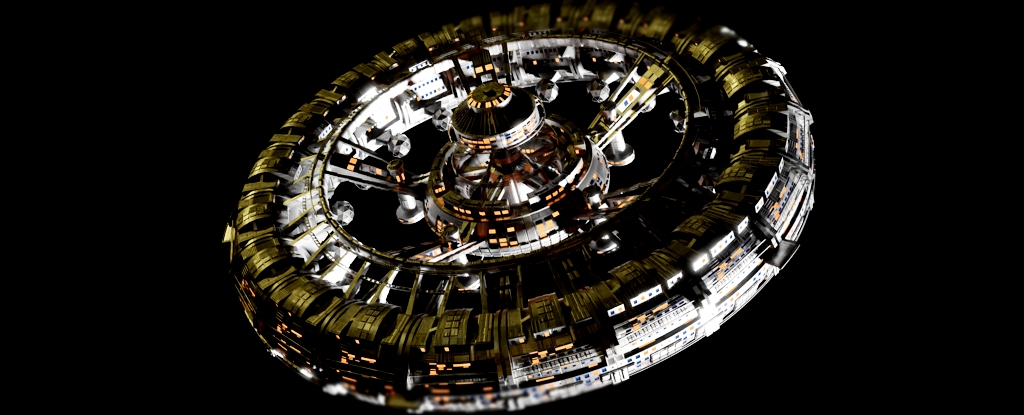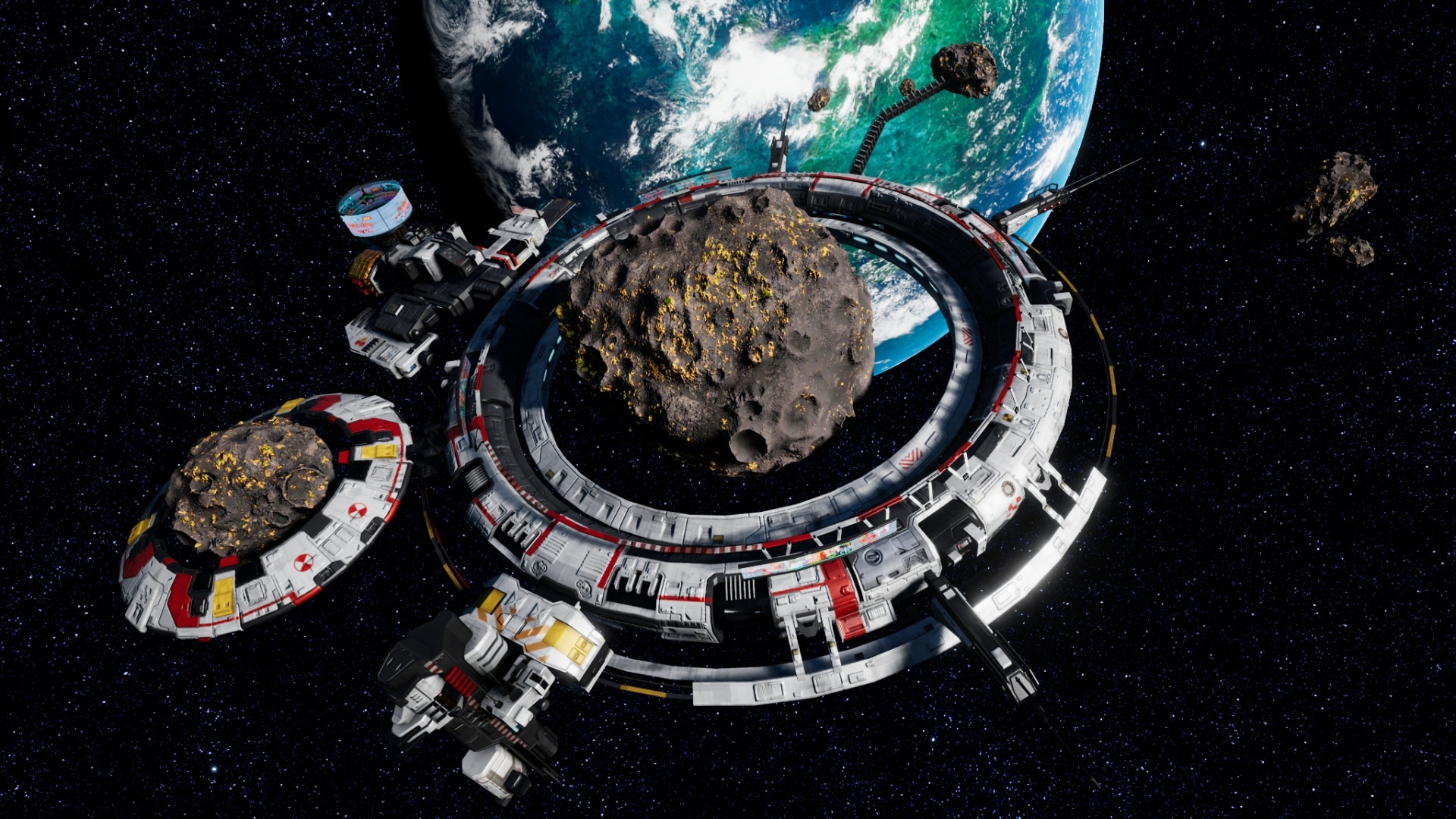2035 Space Station -- Move Right In!
"In the restructuring process, we use robotics to completely automate the building process. Other than a modest seed package of materials, we use only the bulk material of an asteroid to build our station.""The initial probe and seed packages are built with state-of-the-art 21st century technology. The materials, tools, vehicles and automata produced on the asteroid will be more like 18th and 19th century technology ... like shovels, plows, wagons, trusses, and bridges.""Our [cost] estimates are 'back-of-the-envelope' rough engineering estimates. We hope that experts could refine and lower these estimates in the future."David W. Jensen, Technical Fellow (retired) Rockwell Collins, aerospace firm
 |
Estimates for a brave new world, nothing less. This American retired engineer released a paper for what he calls a low-cost feasible plan to transform a large asteroid into a space station with artificial gravity and sufficient space for an estimated 700,000 inhabitants; space travellers from Earth looking for a new home. The paper titled Autonomous Restructuring of Asteroids into Rotating Space Stations has Mr. Jensen guiding the reader through steps required to create his functioning space station.
In the building of the infrastructure to turn the satellite into a living habitat for humans, self-replicating robots are to be the bulwark of the plan. In essence a single spaceship with roughly ten metric tonnes of material to produce a base station with the work of four self-replicating robots using the raw material of the asteroid to create greater numbers of what they represent; working robots. It would, of course, take a 21st century rocket to arrive at the initial destination.
There is speculation relating to shapes or the proposed station; dumbbell (two modules connected with a truss or tether); sphere; cylinder; or torus. Mr. Jensen favours the torus as the likeliest choice. Artificial gravity would be available for those on the space station, produced through rotation. Of the millions of asteroids of choice in the solar system, the selection was narrowed by eliminating those too far distant, too large, or too confining, including the existing asteroid material.
 |
A near-Earth asteroid discovered in 2003, the first known example of a rare type of asteroid orbiting around the sun and within the orbit of the Earth itself, won out: 163693 Atira. The asteroid of choice is roughly 4.8 km in diameter, possesses its own minor-planet moon satellite, some 1/5th its own size. at about some 6 km distance.
Mr. Jensen's cost estimate of his proposal stands at $4.1 billion, over a dozen years of building toward completion. The Artemis moon mission's ticket in contrast was $93billion. The space station when complete, would have a billion square metres of floor space, able to support 700,000 people in comfort. Space devoted to agriculture on the station would cost some $16,500 an acre "little more than the price of an acre of good Iowa farmland in 2022".
The cost of a square foot of floor space on the station he calculates to be about $40, favourably compared to Toronto office space at about $60 per square foot in the financial district, between $30 and $40 in the suburbs. High commuting costs in 'visits home' however, given that Atira's orbit never brings it closer than 80 million km to Earth.

Labels: Asteroid Space Station, Mission: Home Away From Home

0 Comments:
Post a Comment
<< Home